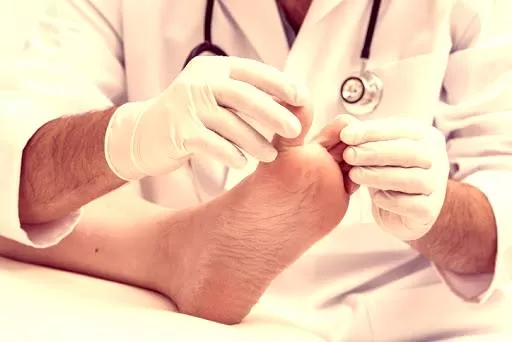Musculoskeletal conditions of the foot are increasing; they negatively impact the quality of life of the affected patients. The initial treatment includes conventional methods and non-invasive treatments. The foot and ankle musculoskeletal conditions co-exist with other foot impairments such as motion, alignment, muscle performance, and load distribution. For example, osteoarthritis is linked to pain at the hip and the knee. For patients visiting foot doctor Cypress Tx with musculoskeletal conditions, the main objective of treatment given is to restore foot mechanics through proper alignment, load distribution, and motion, provide pain relief and the patient is back to the desired level of active participation. Combined therapies give promising results to patients with musculoskeletal conditions.
Common musculoskeletal conditions
Heel pain – The foot has more than 100 tendons, 26 bones, and 33 joints; the heel is the largest bone in the foot, but its overuse or injury can cause heel pain sometimes mild pain, but sometimes disabling pain. Causes of heel pain include strains and sprains, plantar fasciitis, fracture, Achilles tendonitis, bursitis, reactive arthritis, ankylosing spondylitis, and osteochondrosis. When the heel pain is severe, swelling, redness, or sudden pain contact a podiatrist in cypress Tx for a diagnosis and treatment plan.
Plantar fasciitis –causes pain to the bottom of the heel. The plantar fascia ligament supports the arch of your foot and acts as a shock absorber. The plantar fascia ligament is exposed to wear and tear everyday causing damage or inflammation easily. The pain can be sharp or dull, but it develops over time and extends outward from the heel. After visiting a foot doctor cypress Tx physical examination is done to the foot and evaluation of the cause of the pain is taken into consideration to rule out other foot conditions. Home treatments are the first defense in plantar fasciitis treatment including resting, icing, over-the-counter painkillers, and if the pain persists the doctor can give an injection of a corticosteroid directly to the affected area.
Morton’s Neuroma – It affects the ball of the foot and it is also called intermetatarsal neuroma located in between the metatarsal bones. The burning pain is felt in the ball of your foot or when standing you feel discomfort as if you are standing on a pebble. The toes are numb and it can be difficult to walk normally. Morton neuroma is associated with different foot conditions such as high arches, hammertoes, flat feet, and bunions. It is common for people engaging in repetitive sports or sports that require tight shoes. In case the foot pain doesn’t go away after conventional treatment such as after changing your footwear or not engaging in activities that you suspect to be responsible for the pain, book an appointment with our podiatrist in cypress Tx, to avoid developing permanent nerve damage.
Other musculoskeletal conditions harm the physical function of the foot. The pain is multi-factorial and poor footwear plays a key role in the development of foot problems.
